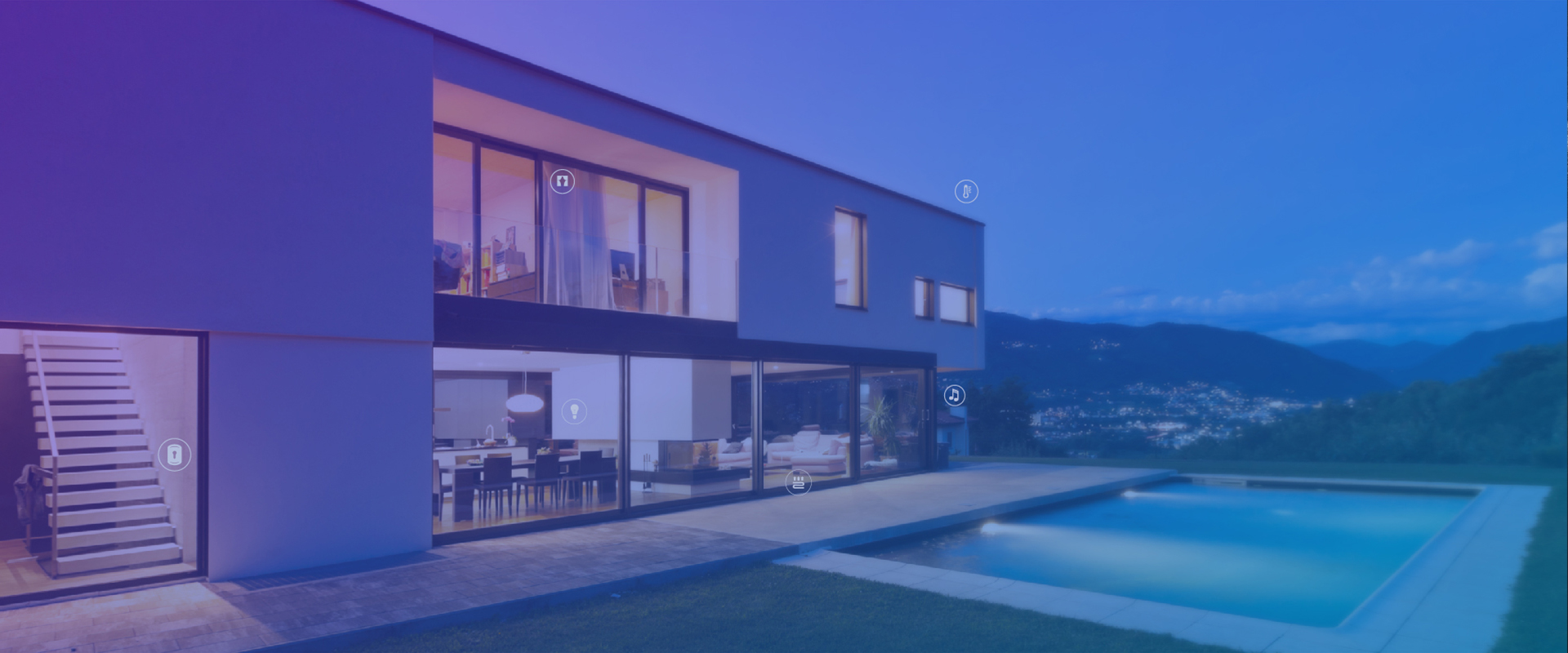In recent years, the home automation system has undergone a remarkable transformation, evolving from simple mechanical devices to sophisticated smart home technologies. This evolution has not only enhanced convenience but also improved energy efficiency and security in our homes.

Understanding Home Automation Systems
A home automation system refers to the integration of technology into household devices to allow for remote management and monitoring. These systems can control lighting, heating, security, and even appliances through a central hub or mobile application. But how did we arrive at this point?
The Early Days of Automation
Initially, home automation was limited to basic functions. For instance, timers were used to turn lights on and off at specific times. While these devices offered some level of convenience, they lacked the intelligence and connectivity that modern systems possess. Wouldn't it be fascinating to consider how these early innovations laid the groundwork for today’s advanced systems?
The Rise of Smart Technology
As technology advanced, so did the capabilities of home automation systems. The introduction of the Internet of Things (IoT) allowed devices to communicate with each other, creating a more integrated experience. Homeowners could now control their heating systems remotely or receive alerts from security cameras via their smartphones. This connectivity has made homes not only smarter but also more responsive to the needs of their inhabitants.
Key Features of Modern Home Automation Systems
Modern home automation systems come equipped with a variety of features that enhance the user experience. Some of the most notable include:
- Remote Access: Control your home from anywhere using a smartphone app.
- Energy Management: Monitor and optimise energy consumption to reduce bills.
- Enhanced Security: Integrate cameras and alarms for real-time monitoring.
- Voice Control: Use voice-activated assistants to manage devices effortlessly.
Future Trends in Home Automation
Looking ahead, the future of home automation systems appears promising. With advancements in artificial intelligence and machine learning, systems will become even more intuitive, learning user preferences and automating tasks accordingly. Imagine a home that anticipates your needs before you even express them!
Conclusion: Embracing the Smart Home Revolution
The evolution of home automation systems has significantly changed how we interact with our living spaces. As technology continues to advance, embracing these innovations can lead to a more convenient, secure, and energy-efficient lifestyle. For those interested in exploring the possibilities of home automation, consider visiting  for comprehensive solutions tailored to your needs.
for comprehensive solutions tailored to your needs.








